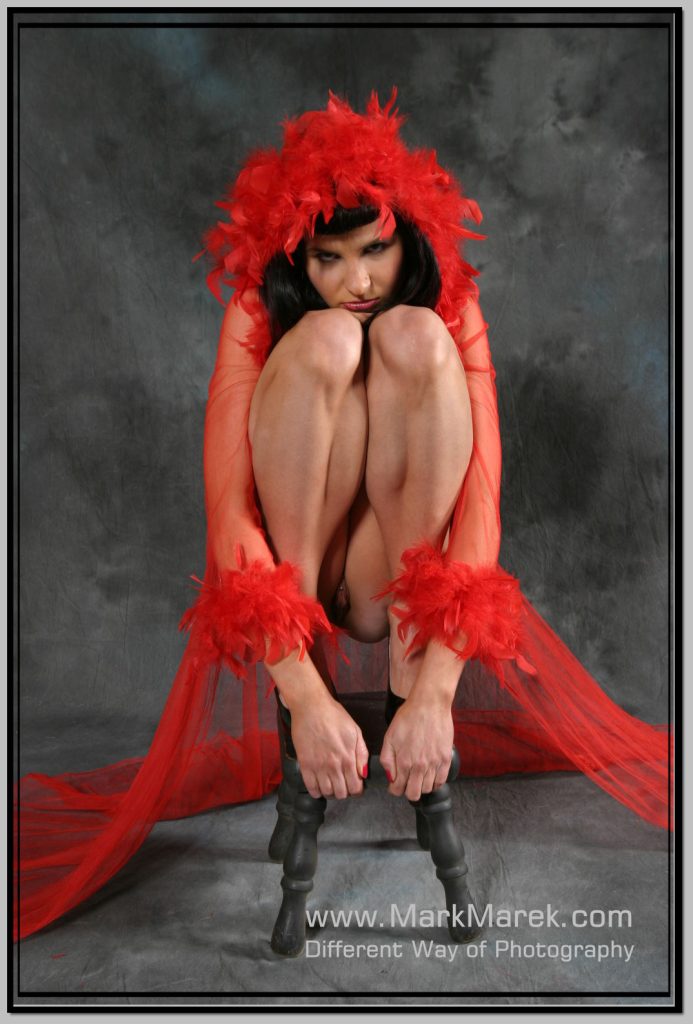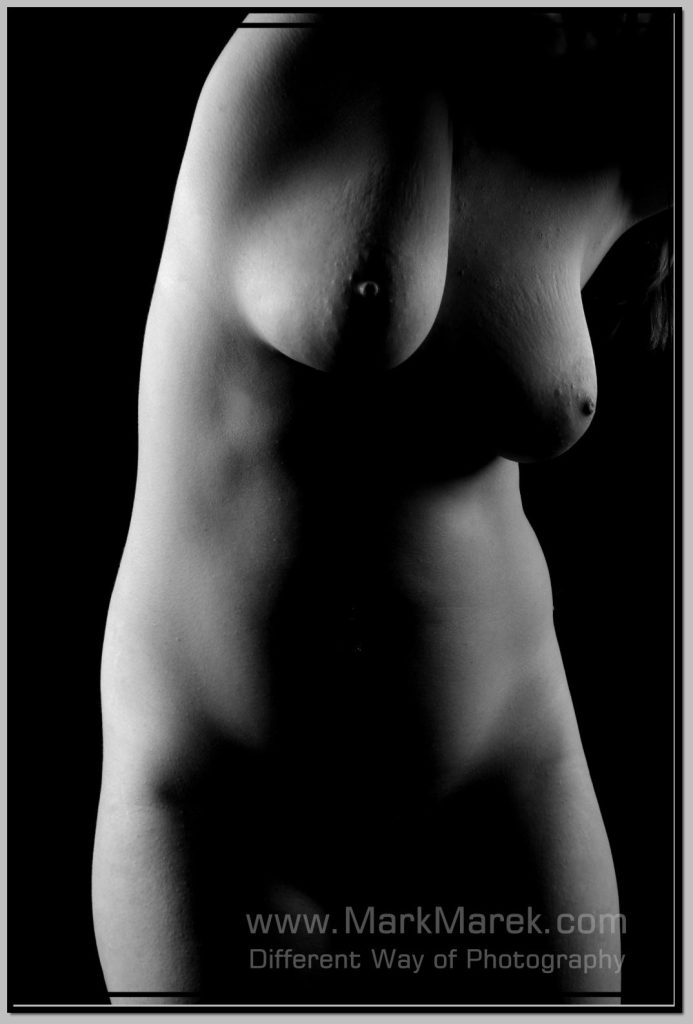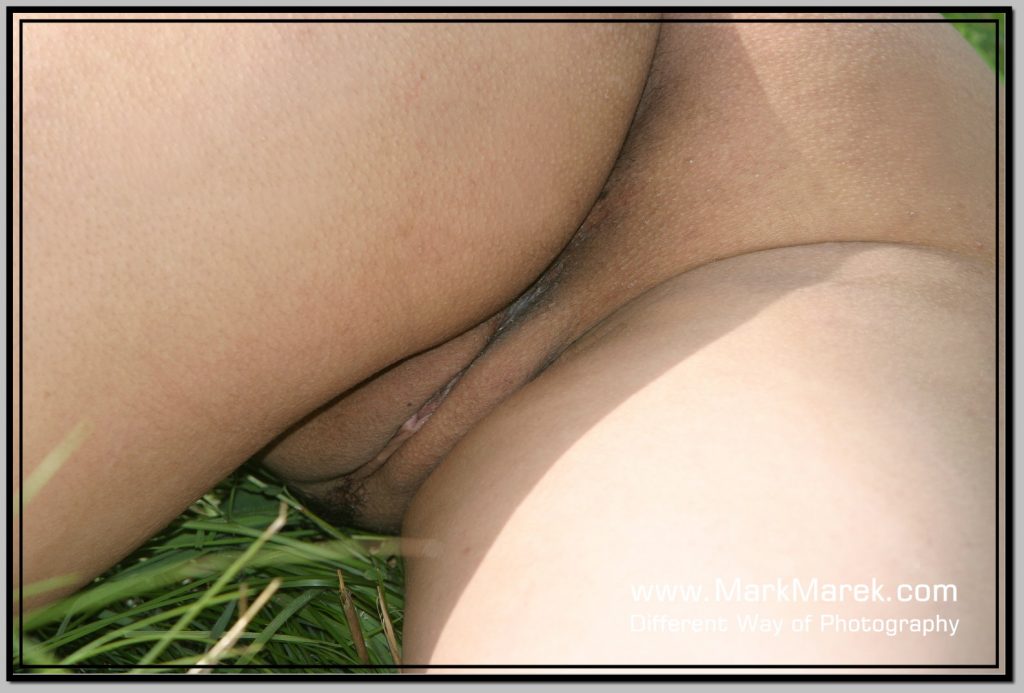Nude Photography has been around since the invention of photography itself. The genre has a rich and varied history, and its cultural significance varies from one part of the world to another. In this article, we’ll explore the history and cultural significance of nude photography in different parts of the world.
Europe
In Europe, nude photography has a long and storied history. The tradition of depicting the nude figure in art can be traced back to ancient Greece, where the human body was celebrated for its beauty and athleticism. During the Renaissance, artists like Michelangelo and Leonardo da Vinci continued this tradition, producing some of the most famous nude sculptures and paintings in history.

The practice of nude photography emerged in the mid-19th century, shortly after the invention of photography. At first, nude photographs were primarily produced for scientific purposes, as a way to study human anatomy. However, as photography became more widespread, artists began using the medium to create artistic depictions of the nude figure.
Asia
In Asia, the cultural significance of nude photography varies widely from one country to another. In Japan, for example, nude photography has a long and complex history, dating back to the Edo period (1603-1868). During this time, artists created erotic woodblock prints known as shunga, which depicted sexual acts and nudity in a stylized and often humorous way.

In India, nude photography has been controversial due to the country’s conservative attitudes toward sex and nudity. However, there have been notable Indian photographers who have pushed boundaries and challenged societal norms. For example, Dayanita Singh is a well-known Indian photographer who has explored themes of gender and sexuality in her work.
Africa
In Africa, the cultural significance of nude photography varies widely depending on the region and the cultural traditions of the people who live there. In many African cultures, the human body is seen as a symbol of fertility and life. As a result, there are many examples of traditional African art that depict the nude figure.
However, in recent years, there has been controversy surrounding the depiction of the nude figure in contemporary African art. Some argue that these depictions are a form of cultural imperialism, imposed on African artists by Western art critics and collectors.
North America
In North America, nude photography has a relatively short history compared to other parts of the world. The practice emerged in the early 20th century, and was initially met with controversy and censorship. However, over time, nude photography became more accepted as an artistic form, and many well-known photographers, such as Edward Weston and Imogen Cunningham, made significant contributions to the genre.

Today, nude photography is widely practiced in North America, and there are many photographers who specialize in the genre. However, there are still debates about the cultural significance of nude photography, particularly in the context of the #MeToo movement and the ongoing struggle for gender equality.
Conclusion
Nude photography has a long and complex history, with its cultural significance varying widely from one part of the world to another. From the ancient Greeks to contemporary African artists, the human body has been celebrated and scrutinized in a multitude of ways. As the genre continues to evolve, it will be interesting to see how cultural attitudes toward nudity and sexuality continue to shape the practice of nude photography.




























